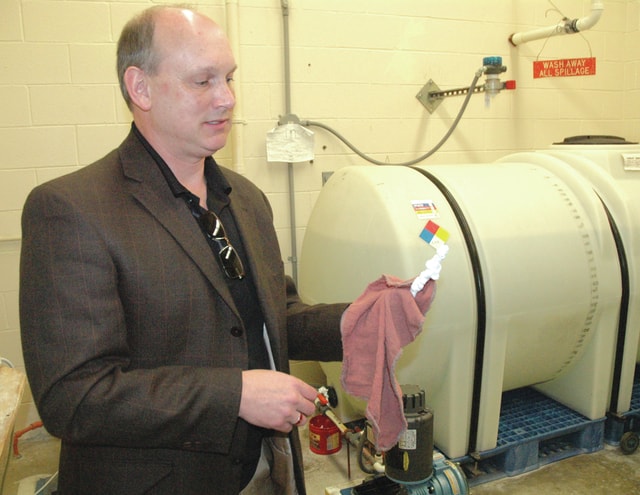
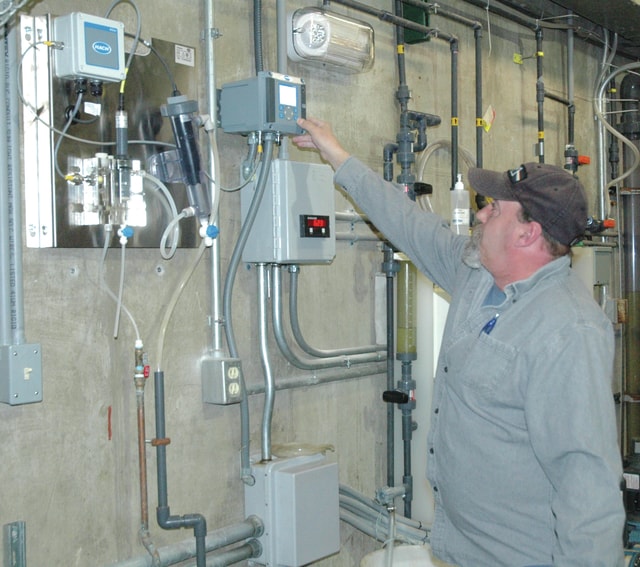
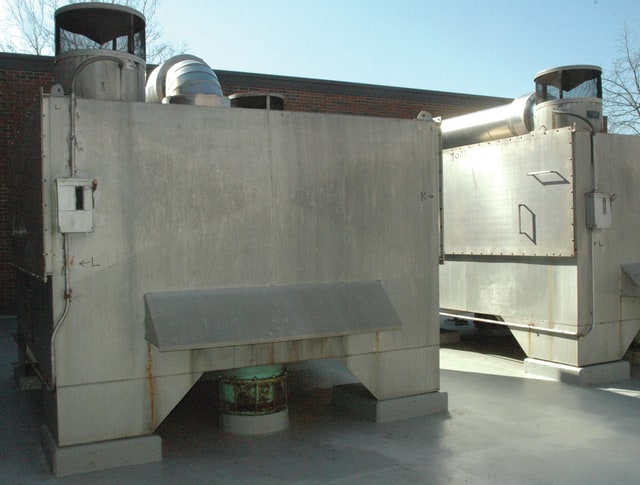
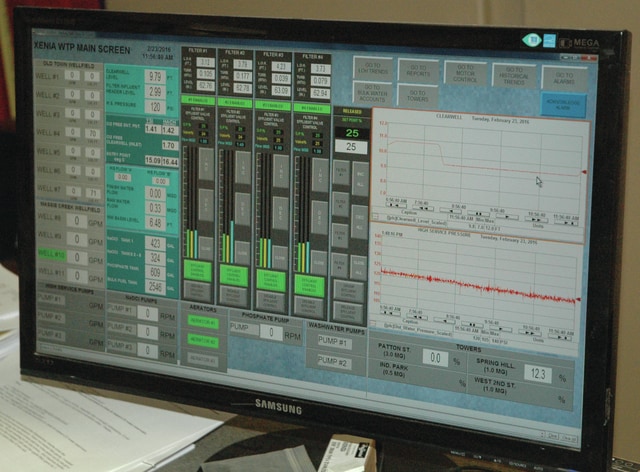
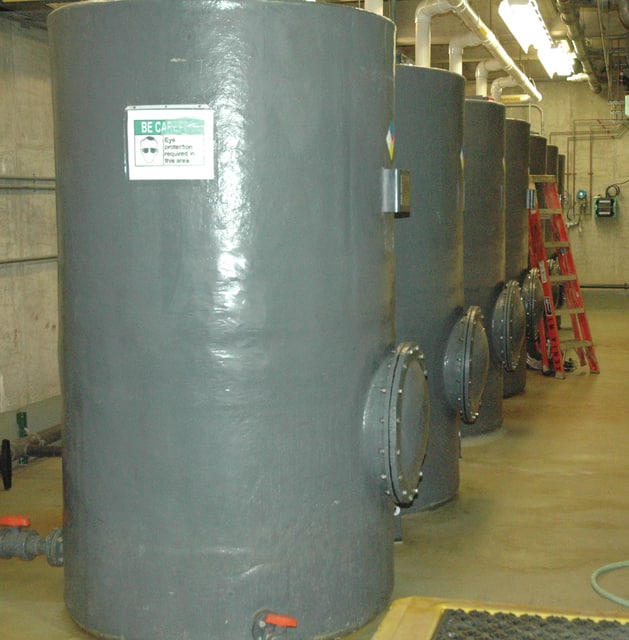
By Scott Halasz
XENIA — The eastern Michigan town of Flint has been in the national news recently because of an ongoing drinking water issue.
In charge of the city’s budget amid a financial emergency, the state decided to temporarily switch Flint’s water source from Lake Huron to the Flint River as a cost-saving measure leading to a public health crisis over contaminated water.
Residents of Xenia can drink up as it’s very unlikely a similar situation will happen in Xenia, according to water treatment officials.
“They have good, clean sources of drinking water,” said water treatment supervisor Joe Bates during a recent tour of the facility on US Route 68 North. “We meet or exceed all Environmental Protection Agency standards.”
Since it became operational in 1982, the facility has used state-of-the art equipment to make sure water goes from the aquifers to the faucets with the highest quality possible. The city has nine monitoring wells to provide early warning of certain contaminants that would come from the presence of animal or human activity, Bates said.
Water samples are taken from the wells and are sent to the lab to be tested for nitrate, iron and manganese, and sulfate volatile organic compounds (VOCs) and synthetic organic chemicals (SOCs).
Bates said the depth to groundwater is measured in the monitoring wells. Most of the monitoring wells are outside the city’s 11 production wells, but within the one year time of travel.
The city had seven monitoring wells but added two along the bike path last fall. The city also has new bacteria samplers which will be placed throughout the city.
“Before (contaminants) get to us, we’ll know it in advance,” Bates said. “It’s like having perimeter security cameras to see what might be headed our way.”
That’s the first line of defense but the treatment plant has a sophisticated system of making the drinking water safe for consumption.
It starts with a series of aerators which puts oxygen into the water and removes gases. Eventually the water is treated with sodium hypochlorite (known simply as bleach when dissolved in water) and then combinations of polyphosphate and orthophosphate which help sequester iron and manganese and prevent and control corrosion.
Xenia’s water is tested every three years and sent to a lab, which makes recommendations on the blend of the phosphates to add to the water. In 2015 the city received an award from the Ohio EPA for its source water protection plan.
“We want people to have safe, clean water, reliable and affordable, those are the three factors I live by,” Bates said.
Affordable may be an understatement.
The water in Xenia is in the top 10 in the Miami Valley region for water rates. The average cost, according to a study being released by the Oakwood Finance Department March 1, is $75.30 for 22,500 gallons of water in a three month period. Monthly, it averages $25.10. Broken down further, residents pay $.01 for two and a half gallons of water.
The rates are so inexpensive that the city supplies water to Greene County and Central State. Bates said 45 percent of the water consumption is outside the city.






